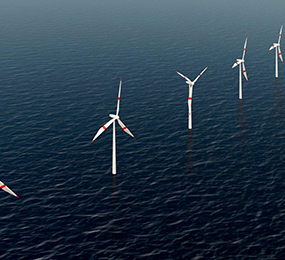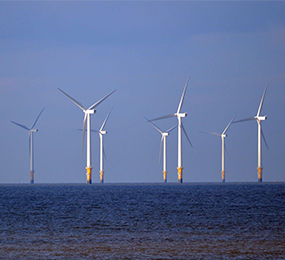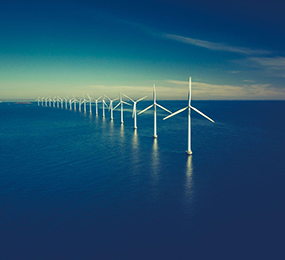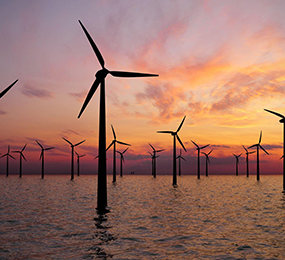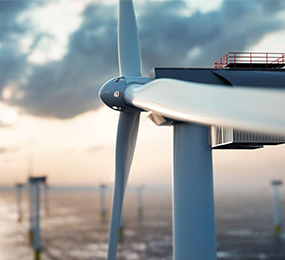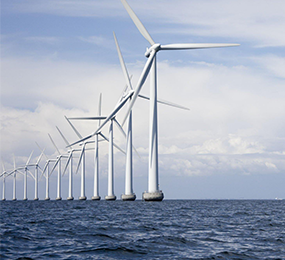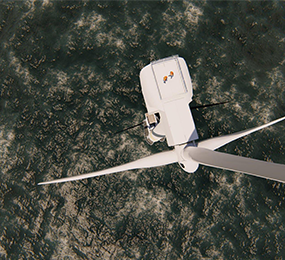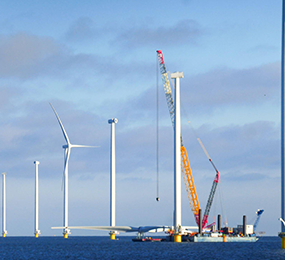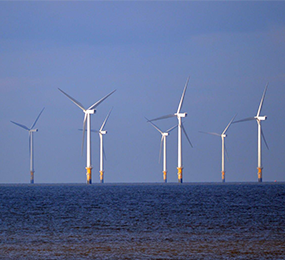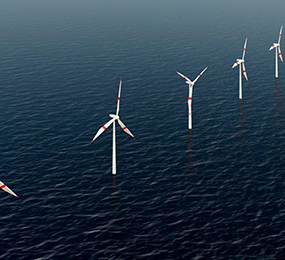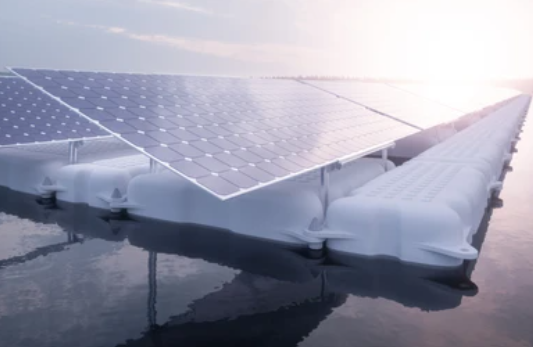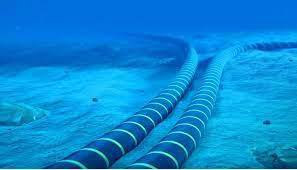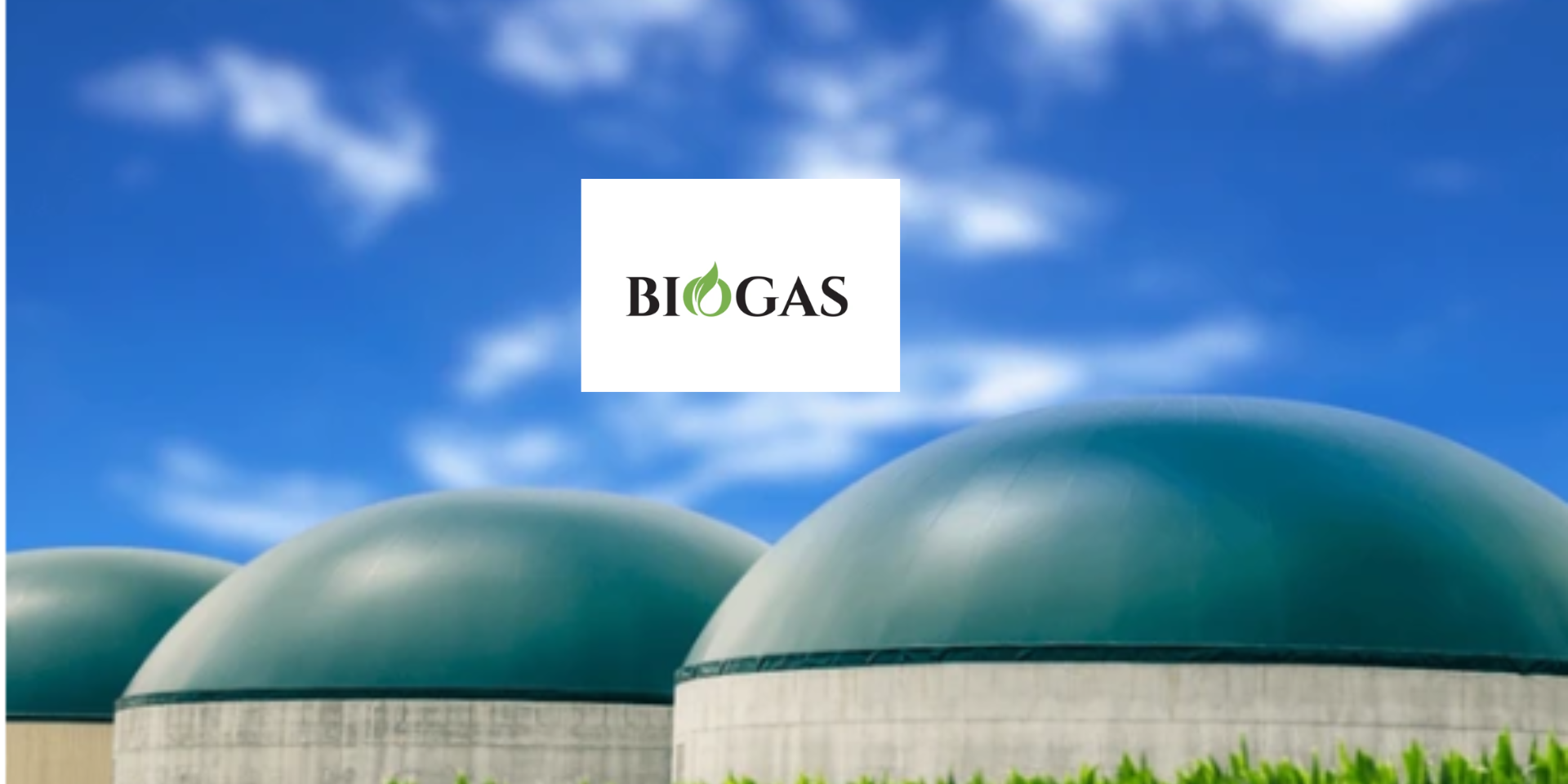The Economics of Floating Wind Power: Cost-Benefit Analysis and ROI
The economics of floating wind power are becoming increasingly favorable as advancements in technology and project efficiency drive down costs and enhance returns on investment (ROI). While initial investment in floating wind farms may be higher than traditional fixed-bottom installations, the potential benefits far outweigh the costs.
Floating wind turbines harness stronger and more consistent winds in deep waters, leading to higher energy production and capacity factors. This increased efficiency translates to improved ROI over the project's lifecycle. Moreover, the scalability of floating wind farms allows for gradual expansion, minimizing upfront financial commitments.
Additionally, floating wind power reduces the need for costly seabed foundation structures, simplifies installation, and decreases maintenance expenses. As the industry matures and economies of scale take effect, the overall cost trajectory is expected to further decrease.
Through comprehensive cost-benefit analyses, it becomes evident that the economics of floating wind power align with long-term sustainable energy goals, offering a compelling investment opportunity that balances environmental stewardship with economic viability.
Visit our website to know more: https://www.leadventgrp.com/events/4th-annual-floating-wind-europe/details
For more information and group participation, contact us: [email protected]
Leadvent Group - Industry Leading Events for Business Leaders!
www.leadventgrp.com| [email protected]


